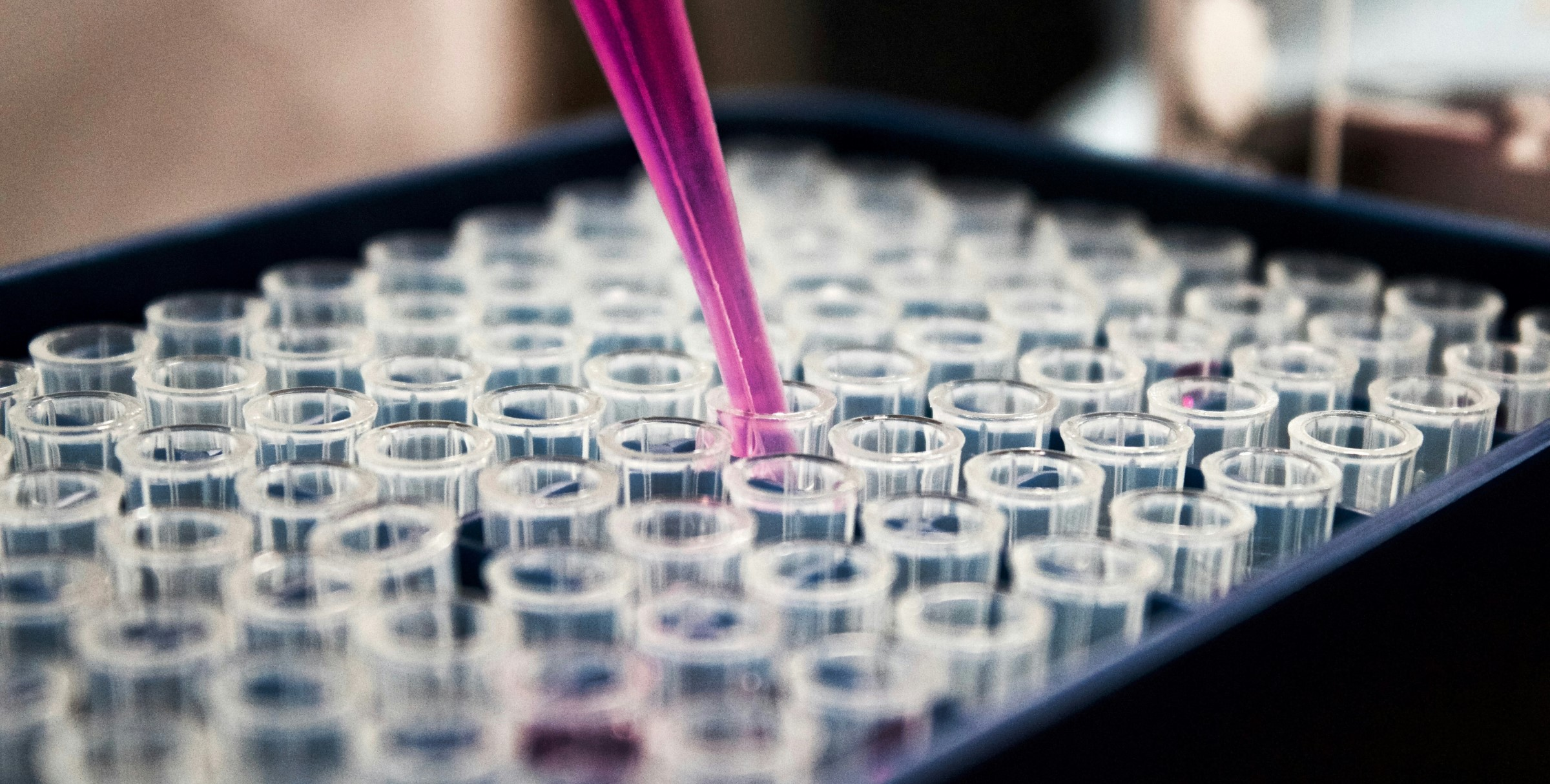Constant groin pain can be really worrying. When you realize this, it’s natural to wonder if something serious might be going on.
While not all cases of groin pain indicate a serious problem, it’s important to know what might be causing it. And one of the most common causes of groin pain is STDs.
In this blog post, we will explore the different STDs that can cause groin pain. We’ll also discuss other possible causes, ensuring you have a full understanding of this complex symptom.
Let’s start.
Worried about STDs? Try Better2Know today.
What are STDs?
Sexually transmitted diseases (STDs), also known as sexually transmitted infections (STIs), are a group of infections that are transmitted primarily through sexual contact. These infections can be caused by a variety of pathogens, including bacteria, viruses, and parasites.
Some STDs can lead to serious complications if left untreated, including pelvic inflammatory disease (PID), infertility, complications in childbirth, and even some cancers.
What is groin pain?
Groin pain can refer to discomfort or pain that occurs in the area where the abdomen meets the upper thighs. This area is known as the groin area.
Groin pain can range from a dull ache to a sharp, sharp pain and may be localized or radiated to other areas such as the inner thighs, lower abdomen, or genital area.

Don’t let the thought of having an STD affect your peace of mind.
What STDs can cause groin pain?
Groin pain remains one of the most common symptoms of some STDs. Here are some STDs that can cause it.
Chlamydia
Chlamydia, a common sexually transmitted disease caused by Chlamydia trachomatis bacteria, can cause groin pain.
In some cases, people with this bacterial infection may experience pain in the lower abdomen or pelvic area. This pain can range from mild discomfort to more severe and persistent pain.
The pain that occurs during this infection if often caused by the inflammation and swelling caused by the immune system’s response to the infection. A woman infected with chlamydia may also experience pain if her infection is left untreated and lead to PID.
Chlamydia-related groin pain may be accompanied by other symptoms, such as abnormal vaginal or penile discharge, painful urination, and bleeding between periods or after intercourse in women.
Gonorrhea
Gonorrhea, another common sexually transmitted infection (STD), can also cause groin pain in some cases. During a gonorrhea infection, Neisseria gonorrhoeae bacteria infect the urinary tract, causing inflammation, pain and swelling in the genitals and groin.
In men, the infection can spread from the urethra to the epididymis (the tube that carries sperm from the testicles), causing a condition known as epididymitis. This can lead to pain and swelling in the groin, as well as tenderness in the testicles.
Similarly, in women, untreated gonorrhea can spread to the fallopian tubes and cause pelvic inflammatory disease (PID), which can present with groin or lower abdominal pain.
Mycoplasma
Mycoplasma is a sexually transmitted disease that can cause genital infections in both men and women.
In some cases, people infected with Mycoplasma may experience groin pain as a symptom. This pain can range from mild discomfort to more severe and persistent pain in the groin or pelvic area.
Like chlamydia and gonorrhea, Mycoplasma bacteria infect the urinary tract, leading to inflammation and pain in the genitals and groin.
Ureaplasma
Ureaplasma is another bacterial infection that can potentially lead to groin pain.
Like chlamydia, gonorrhea, and mycoplasma, a Ureaplasma infection can lead to epididymitis in men and PID in women, along with other fertility problems.
Herpes
Herpes is a well-known viral infection that can cause a range of symptoms, including groin pain in some cases.
Genital herpes, most commonly caused by herpes simplex virus type 2 (HSV 2), can lead to painful sores or blisters in the genital area, which includes the genitals, anus, upper thighs and groin.
During an initial outbreak of herpes, individuals may experience severe groin pain accompanied by the appearance of painful blisters or lesions. This pain can be severe and may radiate to the inner thighs or lower abdomen.
Even during repeated outbreaks, some people may experience milder pain or discomfort in the groin.
Syphilis
Syphilis, an STD caused by the bacterium Treponema pallidumit can present with many symptoms, including groin pain.
During the secondary stage of syphilis, which usually occurs several weeks to months after the initial infection, people may experience a rash, fever, and swollen lymph nodes.
In some cases, this stage may also be accompanied by groin pain with swollen inguinal lymph nodes in the groin.
Groin pain associated with syphilis may be dull or aching and may be accompanied by other symptoms such as fatigue, sore throat, swollen glands, and muscle aches.
If it’s an STD, will I have other symptoms besides groin pain?
Not necessarily.
Most sexually transmitted diseases are completely asymptomatic, meaning they will not cause any noticeable symptoms.
In other cases, they may cause some symptoms that you don’t even notice.
In still other cases, they may cause only one or two symptoms that can easily be confused with other infections and conditions.
Each person experiences each infection differently. That’s why the choice to take the test should not be based on the symptoms you experienced, but on the actions you took.

Don’t leave your sexual health to chance. Get tested for STDs today.
How did I get the STD that caused this groin pain?
If an STD is causing you groin pain, you probably contracted it through unprotected sex.
- Vaginal sex: This is probably the most common mode of transmission for STDs.
- Anal sex: Anal sex can sometimes spread STDs more easily. The anus is prone to tearing during anal sex, making transmission of certain infections more likely if the mucous membranes are exposed to blood.
- Oral sex: Oral sex is a common mode of transmission for certain infections, such as oral chlamydia infections or oral herpes infections. You are more likely to get infected if you have oral sex with an infected person than the other way around.
- Genital contact: Some STDs such as syphilis and HPV can be transmitted by simple skin-to-skin contact with an infected person’s genitals.
However, you can get STDs in other ways:
- Blood transfusions: Blood-borne STIs such as HIV and hepatitis B can be transmitted through transfusions of contaminated blood, although this is increasingly uncommon in the UK.
- Sharing needles: Sharing injection drug needles can transmit some STDs such as HIV.
- Sharing of personal hygiene items: Sharing razors or toothbrushes with an infected person can put you at risk of contracting infections such as hepatitis B and hepatitis C.
- Non-sterile tattoo equipment: If tattoo equipment is not properly sterilized between uses, it can transmit infections such as HIV.
- Kissing: Mouth-to-mouth kissing is the most common way to get oral herpes.
- CHILD BIRTH: Many STDs can be passed from mother to child during childbirth. As the infant passes through the birth canal, it can come into contact with bacteria and viruses and become infected itself.
What else can cause groin pain?
While groin pain can be caused by an STD, some other things can cause it.
Here is a (non-exhaustive) list of possible causes.
Muscle strain
The groin is home to several important muscles, including the adductors, which are responsible for pulling the legs together. These muscles can become strained or strained due to vigorous exercise, sports that involve rapid lateral movements, or sudden changes of direction.
When these muscles are strained, individuals may experience groin pain ranging from mild discomfort to severe, sharp pain, particularly during movements that involve stretching or contracting the affected muscles.
Hernia
A hernia occurs when an internal part of the body, such as a section of bowel or abdominal tissue, protrudes through a weakness or opening in the surrounding muscle or tissue wall.
Hernias can occur in the groin, where they are known as inguinal hernias. These hernias can cause a lump or swelling, accompanied by pain or discomfort, especially when you cough, strain or lift heavy objects.
The pain associated with an inguinal hernia may be dull or aching, or it may be sharp and intense, depending on the severity of the condition.
Kidney stones
As kidney stones travel through the urinary system, they can become trapped in the ureters, the tubes that connect the kidneys to the bladder. When this happens, it can lead to severe pain in the groin area, as well as in the lower abdomen or back.
Osteoarthritis
Osteoarthritis mainly affects the cartilage that protects the joints, leading to its gradual breakdown over time.
When osteoarthritis affects the hip joint, it can lead to groin pain because of the joint’s proximity to the groin. As the cartilage wears away, the bones can begin to rub against each other, causing inflammation, stiffness and pain.
Testicular torsion
Testicular torsion occurs when the testicle rotates, twisting the cord that brings blood to the testicle. This can cause sudden, severe pain in the groin or scrotum, often accompanied by swelling, nausea and vomiting.
If left untreated, testicular torsion can lead to loss of the affected testicle due to lack of blood supply.
Final thoughts
Groin pain can be a troubling symptom with many possible causes, from STDs to other medical conditions.
If you experience persistent or severe groin pain, it is important to seek medical attention to determine the underlying cause. Better2Know’s reliable and confidential urine, swab, and blood tests will give you the answers you need, allowing you to take the necessary steps toward proper treatment and care.

If you don’t know which STD you should be screened for, try Better2Know’s Full Screen, which screens for the 7 most common STDs in the UK.
